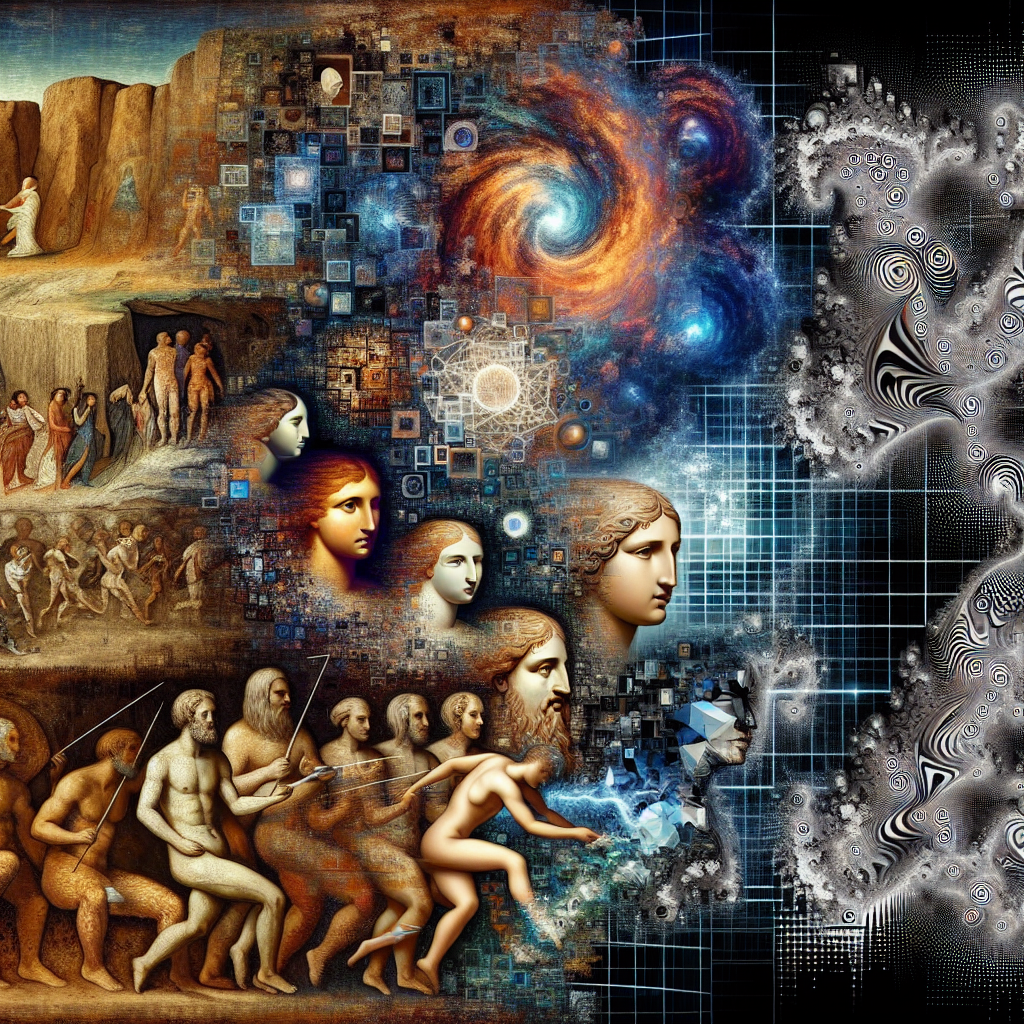Your cart is currently empty!
The Evolution of Art: How AI is Changing the Landscape

Art has been a fundamental part of human culture for thousands of years, evolving and adapting to reflect the values, beliefs, and innovations of each era. From cave paintings to Renaissance masterpieces, art has always been a medium through which humans express themselves and explore the world around them. However, with the advent of artificial intelligence (AI), the landscape of art is rapidly changing in ways never before imagined.
AI has the potential to revolutionize the way we create, consume, and appreciate art. With algorithms that can analyze vast amounts of data, identify patterns, and generate new ideas, AI is enabling artists to push the boundaries of their creativity and explore new possibilities. One of the most exciting developments in AI art is the use of generative adversarial networks (GANs), a type of AI that can create original artworks by learning from a dataset of existing pieces.
By feeding thousands of paintings, sculptures, and other artworks into a GAN, artists can train the AI to understand the patterns and styles of different art movements. The AI can then generate new artworks that combine elements from various styles, creating unique and innovative pieces that challenge traditional notions of art. This process allows artists to explore new techniques, experiment with different styles, and push the boundaries of what is considered art.
AI is also changing the way we experience art. Virtual reality (VR) and augmented reality (AR) technologies are allowing artists to create immersive, interactive experiences that engage viewers in new and exciting ways. By combining AI-generated artworks with VR and AR technologies, artists can create dynamic, multi-sensory experiences that blur the line between art and reality.
Furthermore, AI is democratizing the art world by making it more accessible to a wider audience. Online platforms like ArtBreeder and DeepDreamGenerator allow anyone to create their own AI-generated artworks without the need for expensive equipment or specialized training. This democratization of art is empowering artists of all skill levels to explore new mediums, experiment with different styles, and share their creations with a global audience.
While AI is transforming the landscape of art in exciting ways, it also raises important questions about the role of the artist in the creative process. Some critics argue that AI-generated art lacks the emotional depth and human touch that is essential to true artistic expression. Others worry that AI could replace human artists altogether, leading to a homogenization of artistic styles and a loss of individual creativity.
Despite these concerns, AI is undeniably changing the way we think about art and creativity. By harnessing the power of AI, artists are able to explore new techniques, experiment with different styles, and push the boundaries of what is considered art. As AI continues to evolve, the possibilities for artistic expression are endless, and the future of art promises to be more innovative and exciting than ever before.

Leave a Reply